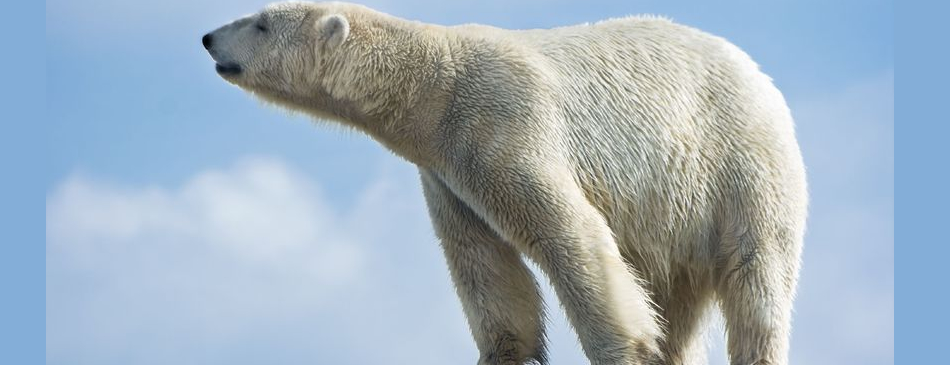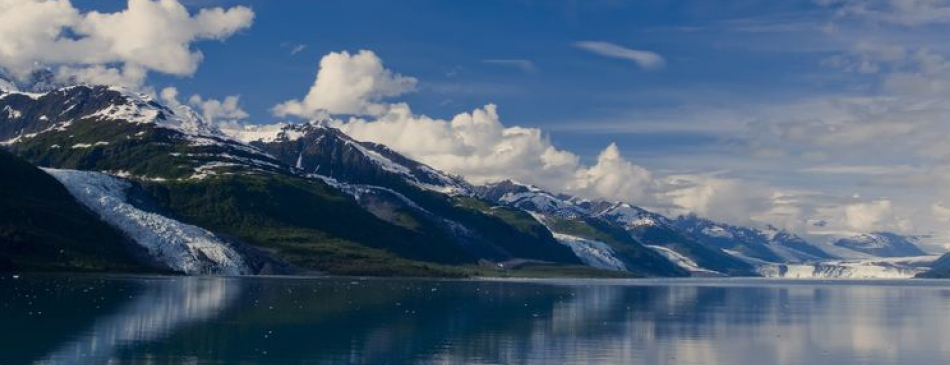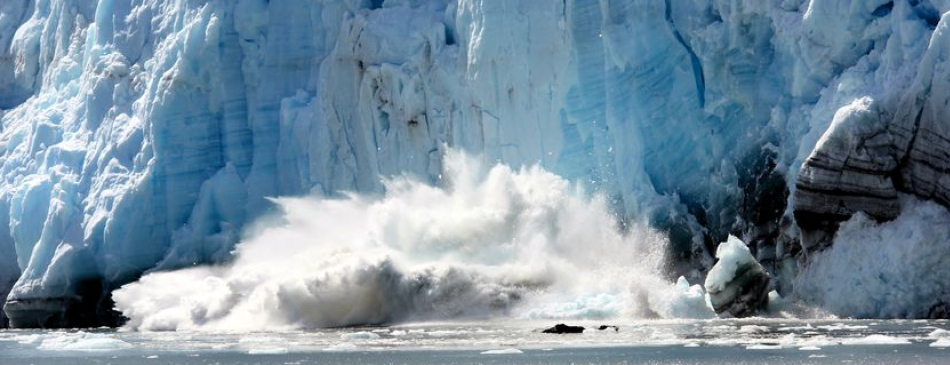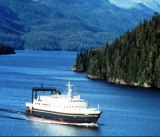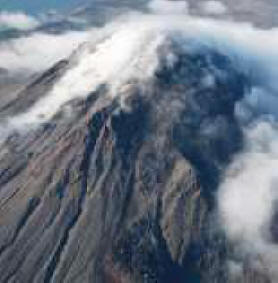|
Volcanoes are mountains which are connected to the molten rock in the center of the earth. There are three types of volcanoes: cinder cone, shield, and composite cone. Each kind of volcano forms in a slightly different way but each one can erupt with amazing force. Because of their unpredictability, forecasting volcanic eruptions is an inexact science for those at the Alaska Volcano Observatory, an organization made up of a team of researchers from the U.S. Geological Survey, the UAF Geophysical Institute and the Alaska Division of Geological and Geophysical Surveys, with centers in Fairbanks and Anchorage.
Volcanoes commonly release small amounts of gas, but a volcano that's about to erupt will sometimes exhale a larger amount of gases into the air. The easiest gas for volcanologists to measure is sulfur dioxide, which can be gauged by a device carried in an aircraft that circles the volcano. Researchers also study the eruptive history of a volcano in the geologic record to see if any patterns can be determined. Alone or combined, no method is foolproof.
Heavy ash fall may reduce sunlight, causing a sudden demand and possibly brownouts of electrical power. Ash can clog water systems, sewage plants, and all kinds of machinery. Fine ash is extremely slippery, hampering driving and walking. Ash can also damage the lungs of small infants, elderly, and those having respiratory problems. Another worry with volcanoes is Lahars, mudslides caused when lava melts snow on the peak,
Alaska lies along an area called the Pacific Ring of Fire. Volcanoes circle the Pacific Ocean from the tip of South America, along the west coast of the U.S., through the Kamchatka Peninsula, down through Japan, Indonesia, and the islands in the South Pacific. Alaska contains more than 100 volcanoes and volcanic field. These have been active within the last 1.5 million years. More than 40 of these have been active in our historic times. These volcanic "hotspots" make up 80 percent of all of the active volcanoes in the U.S. and 8 percent of all active above-water volcanoes on earth.
Most all of Alaska's volcanoes are located along the 1,500 mile Aleutian Arc that extends westward to Kamchatka and forms the northern part of the Pacific Ring of Fire. Other volcanoes that have been active during the last few thousand years are located in southeastern Alaska and in the Wrangell Mountains. Smaller volcanoes, some which have been active in the last 10 thousand years, are located in the interior and in western Alaska as far north as the Seward Peninsula. Eruptions in Alaska have greatly affected the weather throughout the world.
The most violent Alaskan eruption recorded occurred on June 1912 from Novarupta/Katmai Volcano. This was one of the world's largest in this century and brought widespread attention to Alaska's many volcanoes.
The eruption occurred over a 60-hour period. It darkened the sky over much of the Northern Hemisphere for several days, and deposited a foot of ash on Kodiak Island, 100 miles away. When the eruption was finally over, more than 40 sq. miles of once lush, green land were buried under volcanic deposits as deep as 700 feet. Many small holes and cracks developed in the ash fall, which let gas and steam escape from heated ground below escape. The result was a landscape riddled by thousands of steam vents. When explorer Robert Griggs came to see the damage of the eruption in 1916, he was amazed at what he saw and named the area "The Valley of Ten Thousand Smokes." Today, the steam vents are gone, and the valley continues to recover. Visitors to the area can still see evidence of the eruption and are reminded of the awesome power and destruction volcanoes can unleash.
Major eruptions along the Aleutian Arc occur almost every year. Eruptions in unpopulated areas often go unnoticed by everyone except those who study volcanoes. These scientists are called volcanologists. They monitor volcanoes to try to warn people about eruptions and to learn more about how the earth works.
Pavlof volcano is one of the Alaska's most active volcanoes, with 41 eruptions reported since 1760. Pavlof erupted in 1986 and ash was sent 10 miles into the sky, causing black snow to fall on Cold Bay. Another recent eruption occurred in 1992, when Mt. Spurr sent ash and debris into the air and stopped air traffic in and out of Anchorage for several days. There are several other volcanoes through out Alaska's National Parks. Lake Clark contains Iliamna and Redoubt volcanoes. Wrangell St. Elias has several active and non-active volcanoes within its boundaries.
|
